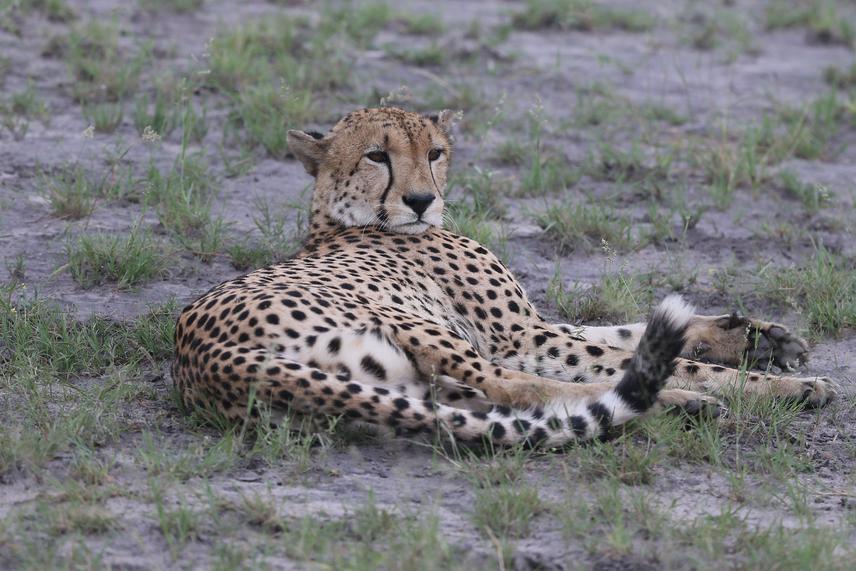Lovemore Sibanda
Other projects
This is the conservation problem we want to address-
Cheetah (Acinonyx jubatus) populations have been exterminated in most of their range in Africa. The challenges stem from growth in human population which often results in habitat loss to pave way for subsistence agriculture; bushmeat poaching; and conflict with farmers over livestock - these challenges are persistent and detrimental. In Zimbabwe, the need to act fast to save the cheetah population from becoming extinct is urgent. The last population census in 2012-2013 revealed that the cheetah population has reduced by almost 90% from 4,500 individuals to between 150-170 individuals over a 15-year period.
Our primary goal –
As a recognised scientific authority and cheetah experts in the area, our primary goal is to undertake the necessary scientific survey and research work to understand the cheetah population dynamics in the Hwange landscape which is part of the wider Kavango Zambezi Transfrontier Conservation Area (KAZA TFCA), and to directly engage with communities in land-use planning and conservation decision making. This is critical to slowing the destruction of the cheetah habitat and retaining the vital connectivity.

CCPZ HNP - Unknown. © Steve Alexander 2019-2021
What we have done this far-
In 2021, we conducted a scoping survey to: collect baseline information on the latest cheetah population estimates in Zimbabwe and establish a population monitoring protocol by directly engaging local safari guides, national parks rangers, farmers and tourists as data collectors.
While we succeeded in engaging, training and establishing a community-led cheetah population monitoring programme, our preliminary findings suggest:
• there could be fewer cheetahs in Hwange than assumed.
• cheetahs travel long distances of up to 400 km from Hwange to neighbouring national parks and in doing so pass through human communities which creates opportunities for conflict.
• cub recruitment (number of cubs that survive long enough to be part of the breeding population) in Hwange is low (<10%) due to high cub mortality (90-95%) the actual causes are not clear at this stage.
This is our what we hope to do-
Based on our preliminary findings, we plan to build on our previous work and:
1. continue to inspire, build skills, collaborate and directly engage local safari guides, national parks rangers, farmers and tourists in data collection and cheetah population monitoring and positive conservation action.
2. explore routes/ corridors that cheetahs utilise when they disperse. This is particularly important as it will help us assess if and how connected our cheetah populations are, and how permeable the corridors are.
3. We made good progress in 2022 in our school-based education programme, including the production of our schools’ educational comic booklet “Vusa the Cheetah Guardian”. We would like to continue to raise awareness and inspire young children to help conserve the cheetah.
Header: CCPZ HNP Unknown. © Steve Alexander 2019-2021.